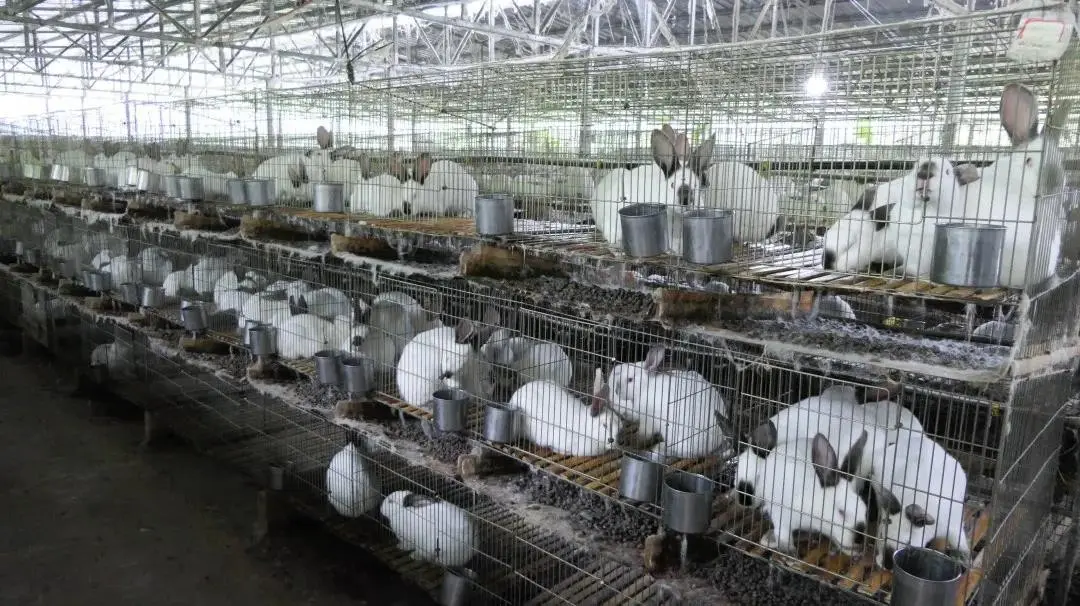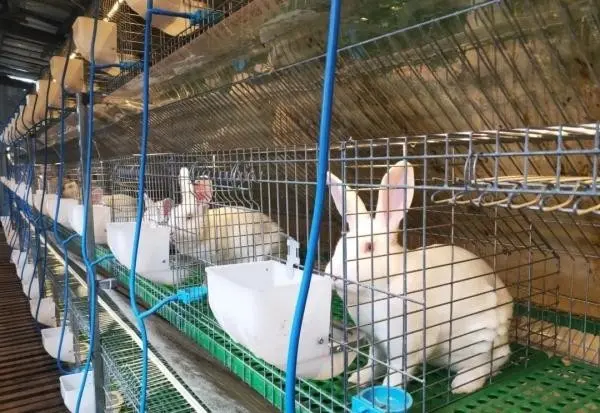Understanding Rabbit Hemorrhagic Disease (RHD): The Deadly "Rabbit Plague"
Rabbit Hemorrhagic Disease (RHD), also known as "Rabbit Plague", is a highly contagious and fatal viral disease caused by the Rabbit Hemorrhagic Disease Virus (RHDV). First identified in Jiangsu, China, in 1984, the disease has since spread to Europe, Africa, and the Americas, causing devastating outbreaks and severe economic losses in the rabbit farming industry.

⚠️ Key Characteristics of RHD
- Rapid onset and high mortality: Short incubation (2–4 days), sudden death, and mortality rates nearing 100%, especially in rabbits over 3 months old.
- Symptoms: Rapid breathing, convulsions, loss of coordination, bluish mucous membranes, foamy nasal discharge, and bleeding from body openings.
- Pathology: Hemorrhage in the respiratory tract, liver necrosis, organ edema, and systemic bleeding.
🦠 Transmission and Resistance
- Sources of infection: Infected rabbits, asymptomatic carriers, and wild rabbits.
- Transmission routes: Direct contact, contaminated feed, water, tools, air, and even through breeding.
- Highly resilient virus: RHDV resists heat, acid, and common disinfectants. It survives for long periods in the environment—even up to 560 days in frozen tissue and 135 days in contaminated areas.
🧪 Clinical Forms
- Peracute Form: Sudden death without symptoms or only brief excitement followed by convulsions.
- Acute Form: Most common. Signs include high fever (41°C+), depression, loss of appetite, difficulty breathing, and bloody discharge.
- Chronic Form: Seen in young or older rabbits. Slower disease progression, weakness, poor coat condition, possible recovery with prolonged virus shedding.

🛡️ Prevention and Control Strategies
- Biosecurity: Limit visitors, prevent introduction of rabbits from unknown sources, and maintain rigorous hygiene practices.
- Quarantine: Isolate new rabbits for at least 2 weeks and avoid introducing animals from outbreak zones.
-
Vaccination:
- Initial vaccination at 40 days of age
- Second dose after 20–30 days
- Booster every 2–3 months
- Emergency vaccination is crucial during outbreaks
- Disinfection: Use 1% NaOH, 1-2% formaldehyde, or 1% bleaching powder. Lime and wood ash are ineffective.
🧬 Treatment (Supportive Only)
While no antiviral cure exists, supportive care may help:
- Intravenous glucose and antibiotics for secondary infections
- Herbal mixtures like Banlangen, Lonicera, and Astragalus (known as "Rabbit Plague Powder") may boost immunity
- In early cases, hyperimmune serum injections can be used
🐇 Final Notes
Rabbit Hemorrhagic Disease is a fast-spreading and often fatal illness that demands vigilant prevention, rapid response, and responsible biosecurity. Regular vaccination and strict farm hygiene are essential to protect rabbit populations and reduce the risk of outbreak.





